
The Consequences of Feeding Wild Cats. Wild cats, also referred to and known as feral cats, are untamed felines that live in the outdoors. These animals are not accustomed to human interaction, and due to their need to find their own food prefer to live as the carnivores that felines are. Animal lovers who have wild cats close by tend to want to feed them as a way of protecting the animals. However, there are consequences to feeding wild cats, and before you feed any wild animal, even cats, you should know what they are.
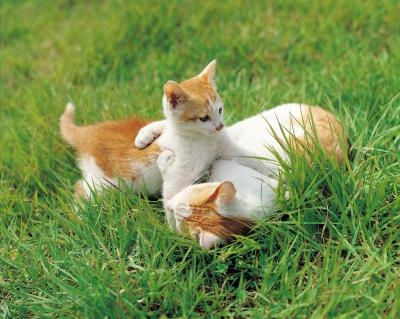
Wild cats, even though many live in packs, may live individually in an area. If you begin to feed outdoor cats, you will probably attract additional feral cats from other areas. Once the cats have realized that regular food is available at a location, they will consistently return to that same spot to be fed. The issue of breeding comes in to play since wild cats are not spayed or neutered. Because of this, the mingling of males and females will eventually result in kittens, thus increasing the overall wild cat population. If you choose to feed wild cats, you should also use a system of catching cats, having them spayed or neutered and then returning them back to the outdoors. One other consequence does exist for those who have indoor/outdoor domesticated cats -- the potential for the feral cats to breed with your house cat could also pose problems if not controlled.
Feral cats are wild animals. Although they may appear to be as tame and friendly as an indoor house cat, the instinctive nature of the animal makes them potentially dangerous to both humans and other animals. If you feed wild cats, do not attempt to hand feed, touch or pick up feral cats as they may bite or scratch you. Since wild cats have not been vaccinated, you could contract a disease from them. Wild cats also pose a threat to your other animals, even indoor pets that do not come outside as wild cats can claw through screen doors and windows if provoked. You must keep the wild cats, if you choose to feed them, as far away from you house and property as possible.
If you feed wild cats on your property, you potentially run the risk of property damage by the cats. As they are wild animals, they will scratch and chew items on your property. If you have patio furniture and the cats wander around the area, they could chew cushion, chairs and even plants. The problem of cat waste is also an issue; although cats will not defecate where they eat, they will use your outdoors as an area to urinated and defecate, which could cause smells and spread parasites. Additional damage could occur by cats clawing at wooden structures, scratching vehicles or even males spraying hard surfaces. In addition, cat urination, high in ammonia, can cause stains and decay of surfaces, such as soft cushions, wooden furniture and plants.
Feeding wild or feral cats will draw the animals close to your property. If you have neighbors, you also run the risk of the cats causing similar damage and destruction to adjoining properties. You should discuss your feeding of wild cats with your neighbors before engaging in such behavior so you can stave off any complaints that could arise. You should keep in mind that even if you know how to feed wild cats, by not approaching them or trying to touch the cats, you may have neighbors or small children living nearby who could be harmed by attempting to approach the cats. Keeping your wild cat feeding areas away from property can help avoid such instances.
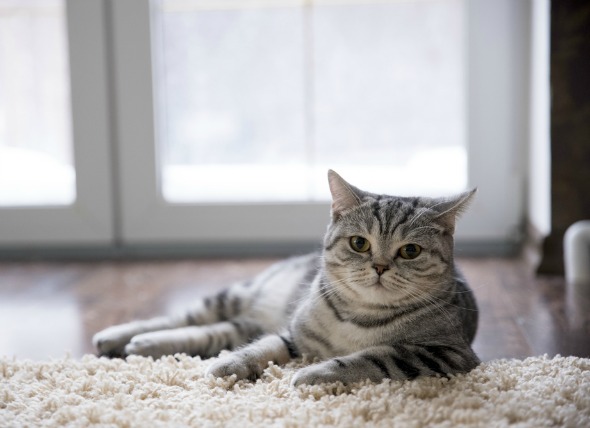 Blood in the Urine in Cats
Hematuria in Cats
Blood in the urine, a condition
Blood in the Urine in Cats
Hematuria in Cats
Blood in the urine, a condition
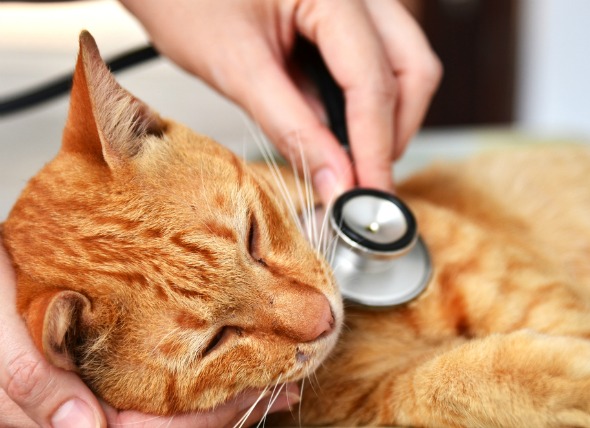 Cat Leukemia (Feline Leukemia Virus)
Feline Leukemia Virus Infection (FeLV) in Cats
Feline le
Cat Leukemia (Feline Leukemia Virus)
Feline Leukemia Virus Infection (FeLV) in Cats
Feline le
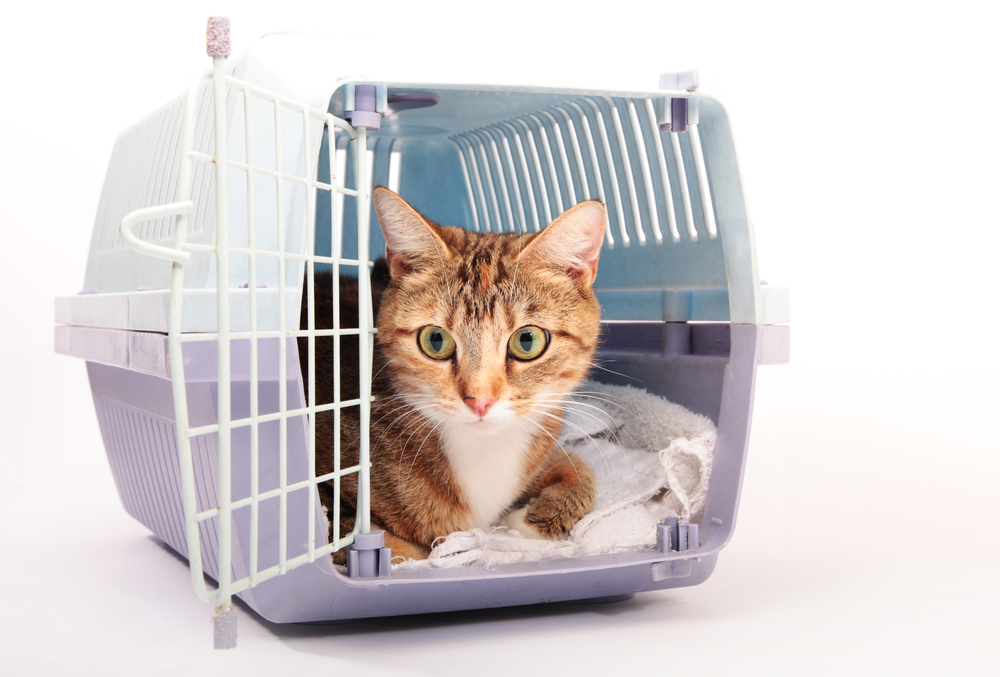 Nerve Sheath Tumor in Cats
Schwannoma in Cats
Schwannomas are tumors that or
Nerve Sheath Tumor in Cats
Schwannoma in Cats
Schwannomas are tumors that or
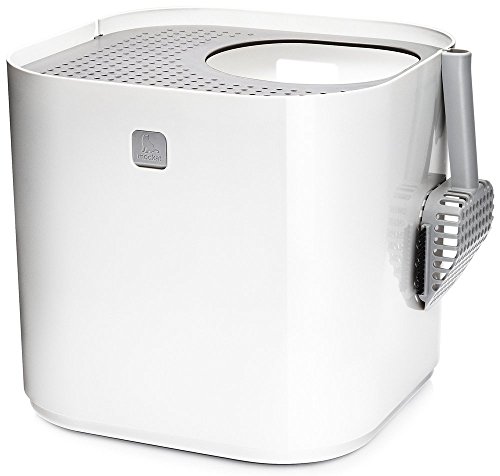 Cat Litter Trays: Selecting The Right One For You
Having a cat is like having
Cat Litter Trays: Selecting The Right One For You
Having a cat is like having
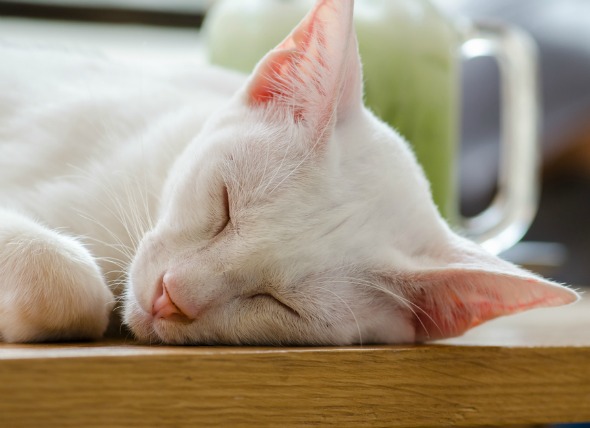 Ear Hematoma in Cats
Ear hematomas, also known as auricular hematomas or aura
Ear Hematoma in Cats
Ear hematomas, also known as auricular hematomas or aura
Copyright © 2005-2016 Pet Information All Rights Reserved
Contact us: www162date@outlook.com